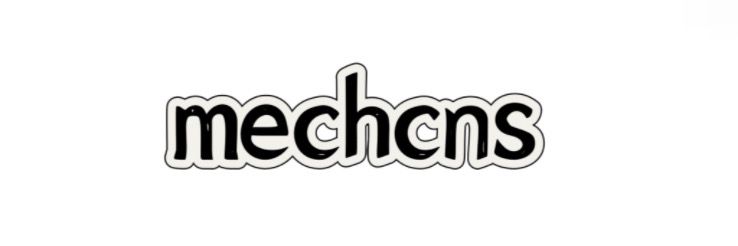Key Considerations for Purchasing Di Pipe Fittings
Apr. 15, 2025
When it comes to plumbing and infrastructure projects, the choice of materials is critical. One of the most widely used materials in this domain is ductile iron (DI), particularly for pipe fittings. Choosing the right DI pipe fittings can ensure longevity, reliability, and efficiency in your water supply, drainage systems, and other applications. Here are key considerations that will help you make an informed decision.
For more information, please visit di pipe fittings.
Understanding Di Pipe Fittings
Di pipe fittings are essential components used to connect and redirect piping systems. Manufactured from ductile iron, these fittings are renowned for their durability and strength. They are suitable for various uses, including water distribution, wastewater management, industrial applications, and fire protection systems.
Material Quality and Standards
- Material Grade: Ensure that the di pipe fittings meet industry standards and specifications, such as ASTM A536. Diameters and grades vary, so select fittings that align with the requirements of your project.
- Certification: Look for fittings that come with proper certifications. Reputable manufacturers should provide evidence of compliance with international standards, ensuring you receive high-quality products.
Types of Di Pipe Fittings
Understanding the different types of di pipe fittings is crucial for making the right choice:
- Bends and Elbows: Utilize these fittings for directional changes in pipelines.
- Tees and Crosses: Ideal for branching off a main pipeline to create a multi-directional flow.
- Flanges: These provide a robust connection to other components of your plumbing system, allowing for easy assembly and disassembly.
Size and Compatibility
To avoid leaks and inefficiencies, it’s important to consider the size of the di pipe fittings:
Further reading:Unlocking Seamless Connections: The EN 12842 Ductile Flange Adapter for Your Pipeline Challenges
- Standard Sizes: Familiarize yourself with the common sizes of di pipe fittings, typically ranging from 1 inch to 12 inches in diameter.
- System Compatibility: Ensure that the chosen fittings are compatible with existing pipes and systems. This prevents future operational issues and ensures proper integration.
Installation Techniques
7 Essential Facts About Ductile Iron Gate Valves in Japan
Improper installation can lead to significant issues down the line. Here are some practical suggestions for successful installation:
- Use the Right Tools: Invest in appropriate tools for handling and fitting di pipe fittings. This includes wrenches, pipe jacks, and cutting tools.
- Follow Manufacturer Guidelines: Adhere strictly to the installation recommendations provided by manufacturers to prevent future leaks or failures.
- Consult a Professional: If you lack experience in installation, it's wise to consult a plumber or a professional experienced with di pipe systems.
Common Problems and Solutions
Despite careful planning and quality material selection, problems can arise. Here are some common issues with di pipe fittings and how to resolve them:
- Corrosion: While di fittings are resistant to corrosion, external factors can affect durability. Regular inspections and proper coating can mitigate issues.
- Joint Leaks: If a joint starts to leak, the first step is to identify the cause—be it insufficient tightening or damage during installation. Re-torque bolts or replace damaged fittings as needed.
- Misalignment: During installation, misalignment can occur. Ensure pipes are properly aligned and supported to prevent strain on the fittings.
Cost Considerations
When comparing prices of di pipe fittings, consider not just the upfront costs but also the long-term value. Evaluate the following:
- Durability vs. Price: Although cheaper options may seem appealing, investing in higher-quality fittings usually pays off in reduced maintenance costs and extended lifespan.
- Bulk Purchasing: If you're working on a large project, purchasing in bulk can lead to significant cost savings.
Conclusion
Purchasing di pipe fittings requires careful consideration of various factors, including quality, compatibility, installation techniques, and potential problems. By keeping these aspects in mind, you can ensure that your plumbing project is built to last. For your next project, take the time to review different options and consult experts when necessary. The right choices will not only enhance the reliability of your systems but also save you time and money in the long run. Don't hesitate to reach out to suppliers or professionals today to discuss your specific needs for di pipe fittings. Making informed decisions now will pave the way for successful projects in the future.
If you want to learn more, please visit our website Slip on Flange.
13
0
0
All Comments (0)
Previous: Are Ductile Iron Electric Motor Housings Durable Enough for Long-Term Use?
Next: 7 Essential Facts About Ductile Iron Gate Valves in Japan
If you are interested in sending in a Guest Blogger Submission,welcome to write for us!


Comments